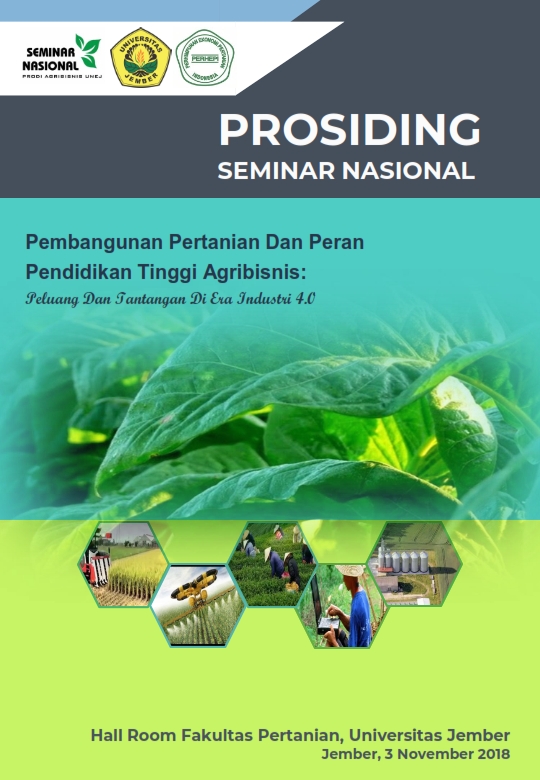Proses Pembelajaran Sosial Perkandangan Pada Peternak Kambing
Abstract
Goat livestock bussiness is important for the rural population, especially as a source of protein and additional income. An approach to a group of breeder can be media of learning through extension activities and training that breeders will be capable of having better cattle business management. The purpose of the research is to know social learning of stable in goat breeder. The research method used descriptive qualitative. The determination of research recipients used purposive method in Wonosari Village, Tempurejo, Jember, East Java. The determination of the sampling informants used purposive method. Data collection was administered through interviews, observation, and documentation. Data analysis used interactive Miles and Huberman. The validity test used triangulation source. The research results showed the social learning process which began with breeder observing social model. Breeders tend to imitate the observation about the stable batteries and sloping floor. Motivation of imitating is to maintain the health of goat, cleanliness of the environment that can add their income. Behavior imitated which are in accordance with breeder needs so that the observation result can be applied concurrently and continuously. Breeder compare, the situation before learning is still dirty. After learning, the more environmentally friendly stabble they have to increase their income. Good responses from the environment affect the immitating behavior continuously nurtured in himself and make improvements in its stall. The appliation of stable like a model that has been adjusted with the idea, experience and desires, is called by creative modeling.


